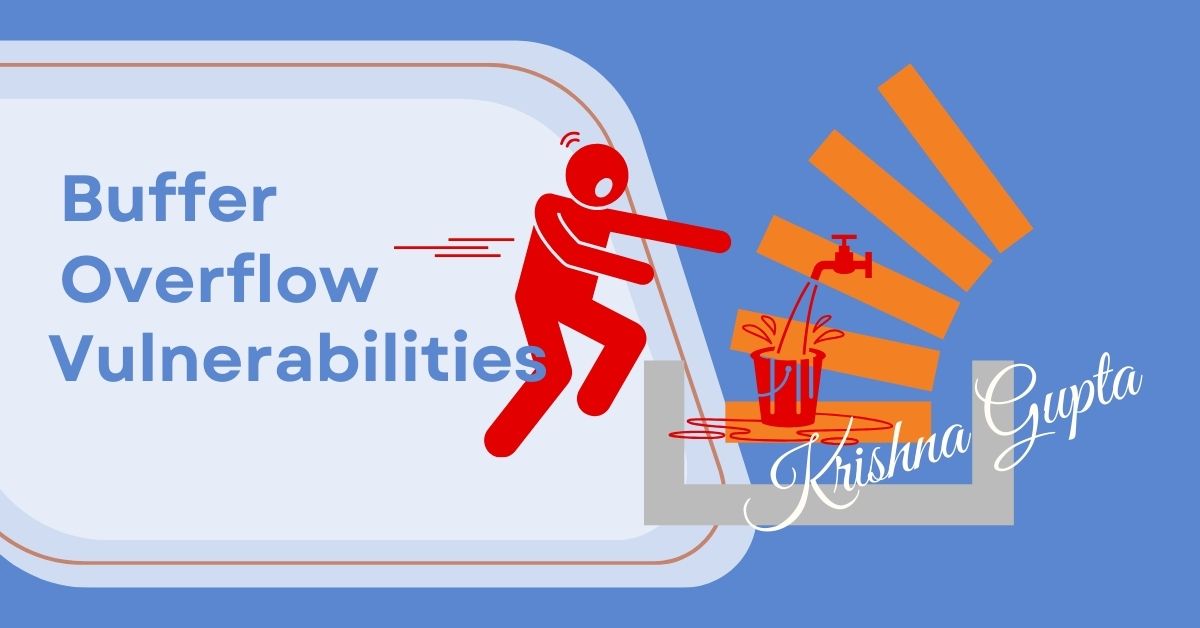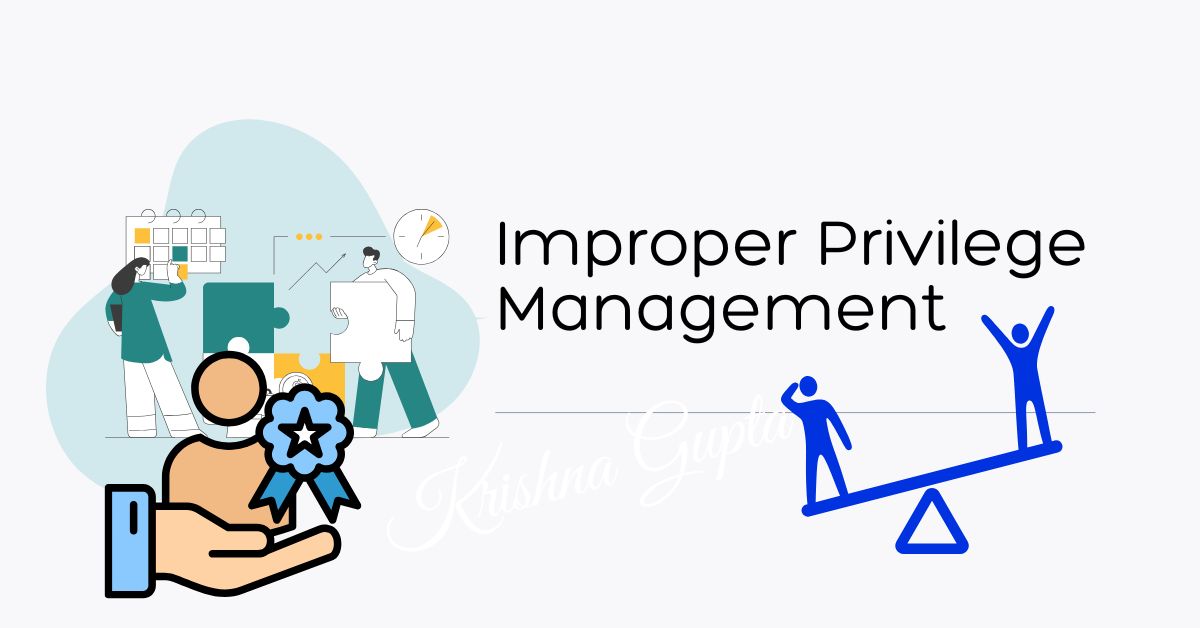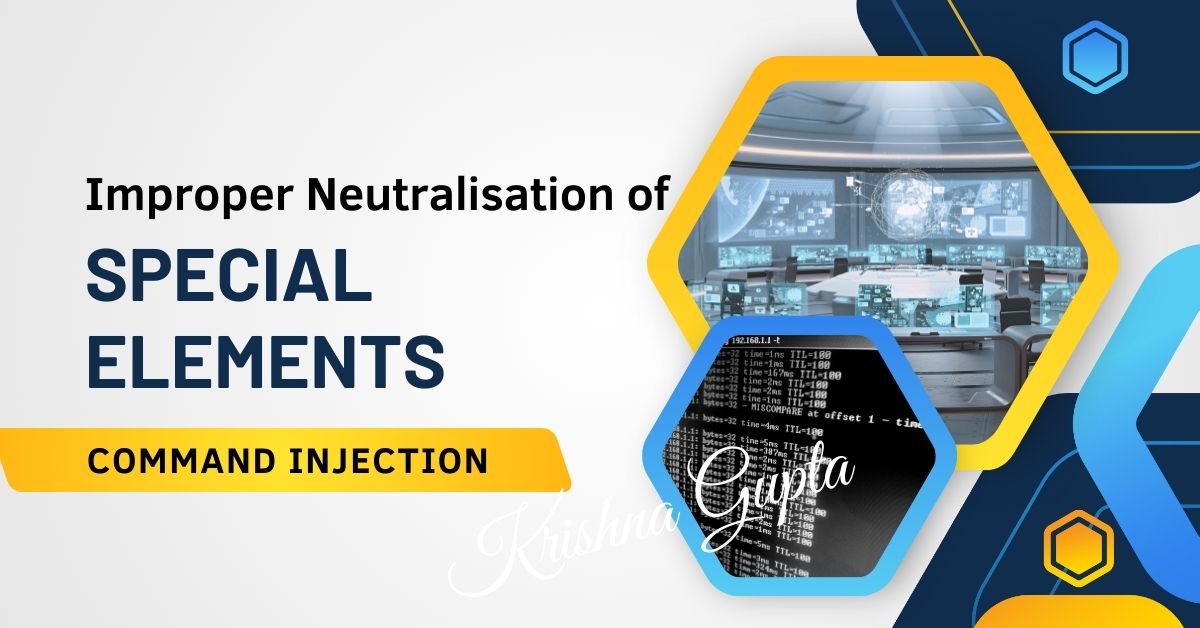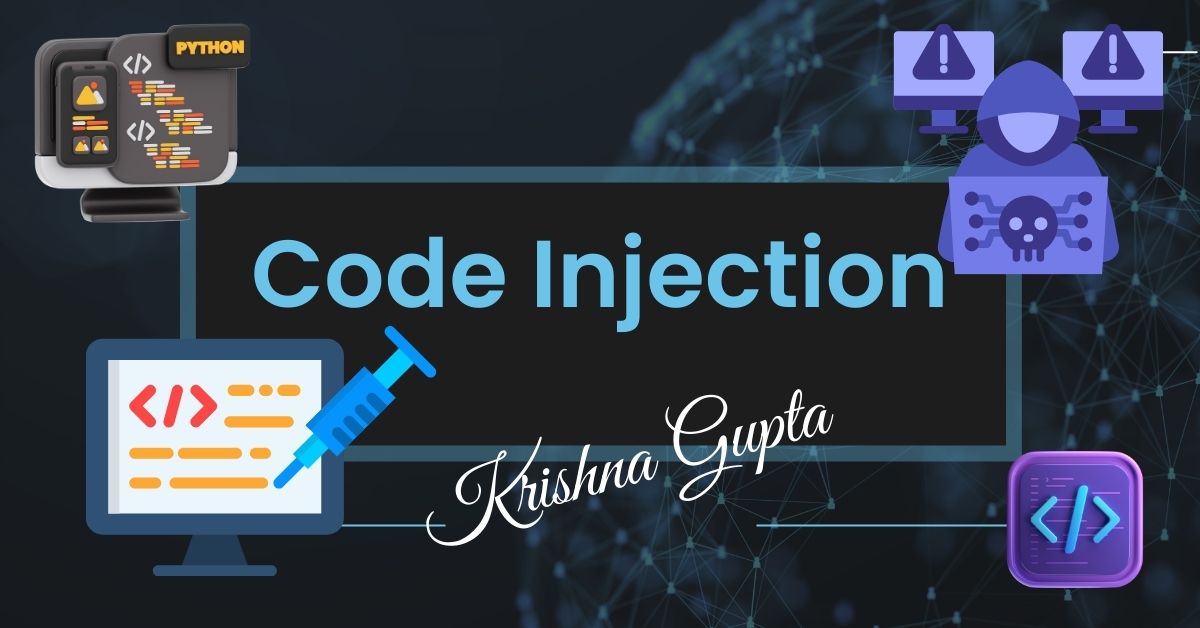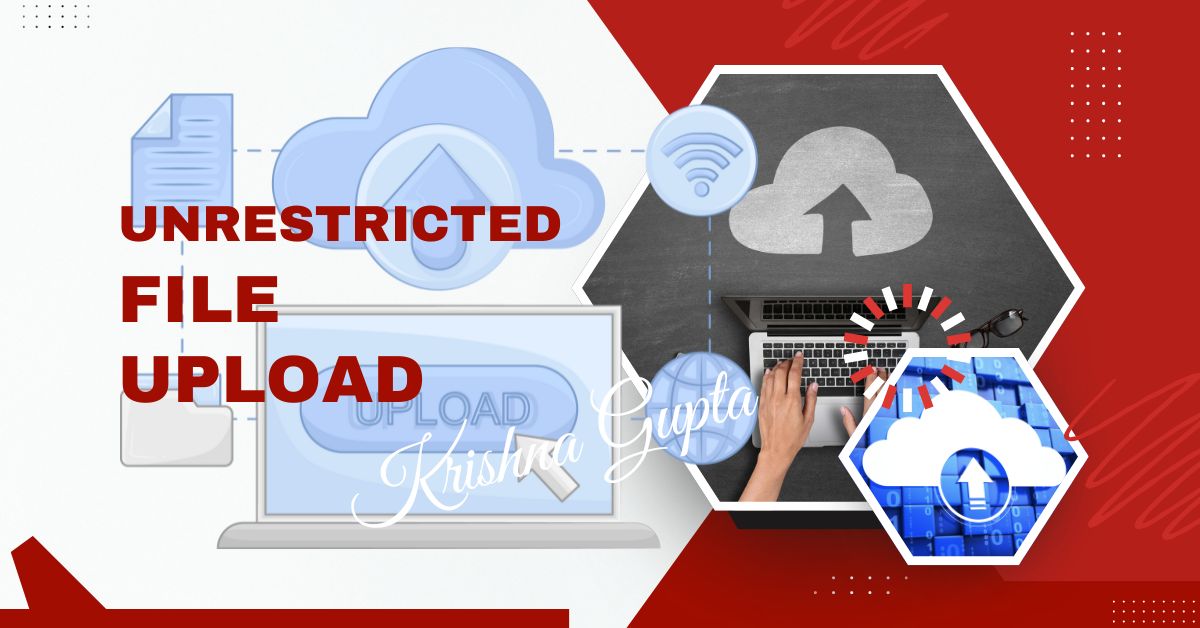2024 CWE Top 25 Most Dangerous Software Weaknesses: Improper Restriction of Operations within the Bounds of a Memory Buffer (CWE-119)
CWE-119 pertains to scenarios where software operations exceed the allocated memory buffer’s boundaries, leading to buffer overflows. This flaw can result in various adverse consequences, including data corruption, application crashes, and security vulnerabilities exploitable by attackers. A buffer overflow occurs when data written to a memory buffer exceeds its storage capacity, potentially overwriting adjacent memory locations.
